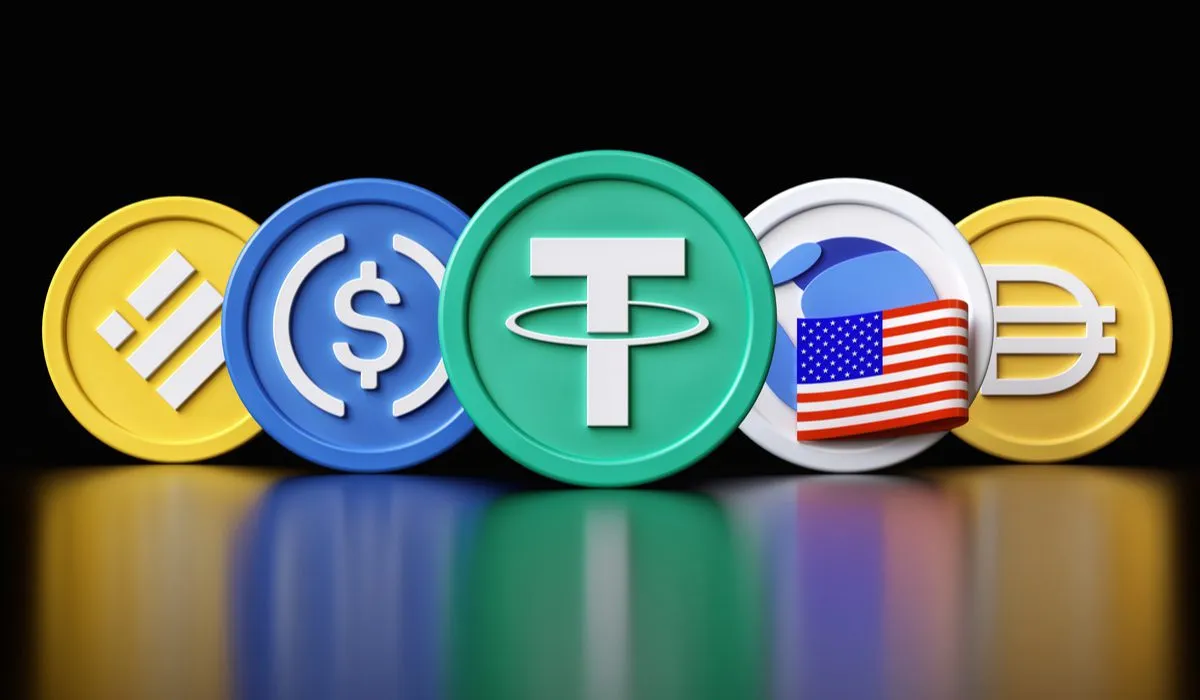World Liberty Financial, a crypto project connected to the United States presidential candidate, Donald Trump, is planning to launch its stablecoin.
The project has reportedly raised $14 million in an initial token sale to develop and launch the US dollar-pegged token.
Donald Trump’s Project to Launch Stablecoin
Stablecoins, a type of cryptocurrency pegged 1:1 to the value of a fiat currency like the dollar or euro, have become widely popular over the years. They are designed to hold a consistent value, a feature seen as essential for steady trading amidst crypto market volatility.
However, achieving the stability required for such an asset has posed challenges for many similar initiatives.
As such, the World Liberty team shared that the project is still in development and will take time to launch as they are working to determine how to make the financial product safe before bringing it to market.
While the development process could take some time, World Liberty Financial’s team is focused on ensuring that all major project features are synchronized and available when they are most strategically viable.
It is worth mentioning that World Liberty Financial announced earlier this month that Paxos co-founder Rich Teo would be joining the platform to serve as its stablecoin and payments lead. This move has further fueled speculation about the project’s ambitions.
However, Teo has not commented on the matter, and representatives from World Liberty Financial also declined to respond as of press time.
World Liberty Financial
Launched in September, Trump-backed World Liberty Financial aims to offer investors decentralized finance (DeFi) and stablecoin functionalities.
The project promises to facilitate the creation and spread of U.S.-pegged stablecoins, ensuring that the country’s sovereign currency remains dominant in the stablecoin market.
While World Liberty has already attracted attention and controversy due to a governance token distribution that heavily favors insiders, its plans to issue stablecoin might likely come with both substantially heightened risks and the chance to reap even greater rewards.
It could also enhance competition among stablecoin issuers, potentially leading to better features, lower fees, and increased adoption rates.
